The Museum Tower Kyobashi proposes a new concept ofan art-inspired workstyle that promotes business innovation:
WORK with ART.
By viewing art as an inspiring sensory experience rather than a passive object of appreciation, we provide a diverse and enriching environment that encourages a creative work style for business people. Step by step, we are transforming the building into one that enhances the creativity of organizations and business people, proposing one possible vision of the office building of the future.
WORK with ART
Awaken your creativity.
Reason alone is sometimes not enough to overcome obstacles.
Sensibility alone is sometimes not enough to make a breakthrough.
Reason and emotion coexist and resonate in harmony.
The building is full of creativity.
MUSEUM TOWER KYOBASHI
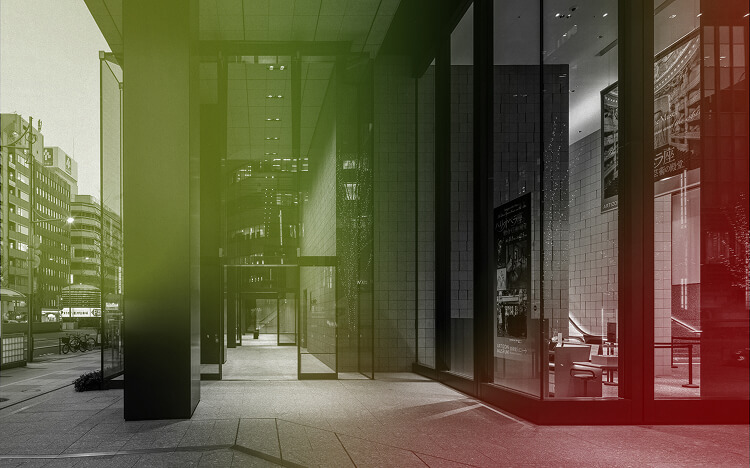
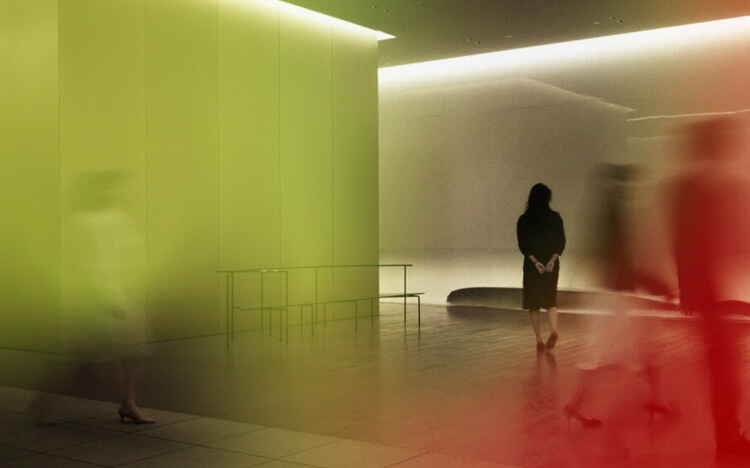
Creative Vortex
A place where work and art coexist.
Increased accessibility and smooth connections evoke reason,
stir emotions, and continually generate a vortex of creativity.
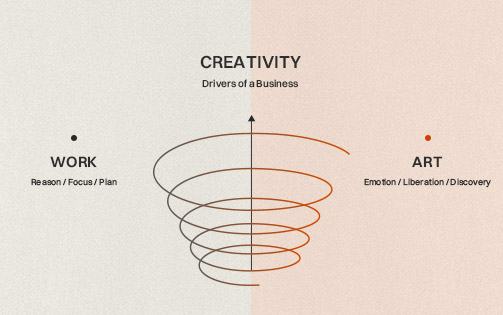
The creative vortex grows
to generate a driver of business.
Office floors designed to drive your business forward.
Common spaces to offer immersive sensory art experiences.
Kyobashi Saiku as a town of art and culture.
In a rich environment where work and art are intertwined in diverse layers, the creative journey unfolds naturally, expanding the creative vortex and inspiring the minds of business people.
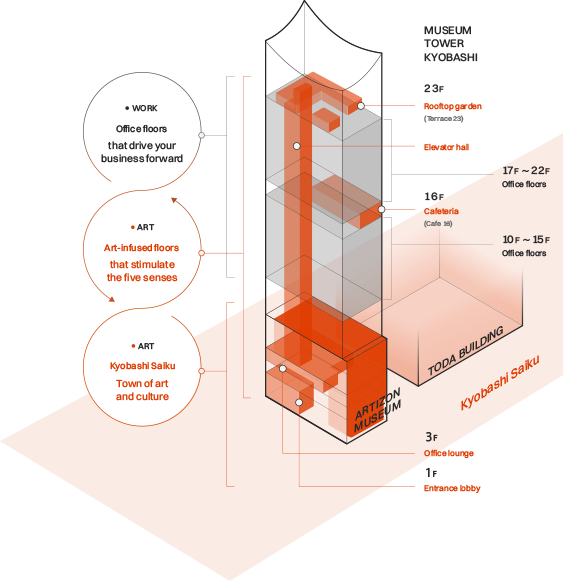
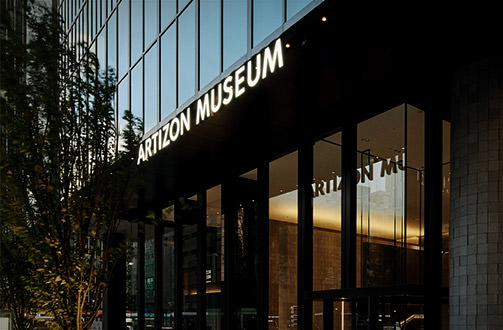
ARTIZON MUSEUM
Under the concept of “Experiencing Creativity,” Artizon Museum’s vision ranges from ancient art, Impressionism, early modern Japanese art, modern Western-style Japanese painting, 20th century art, and contemporary art. The museum is located on the lower levels of the Museum Tower Kyobashi, with its exhibition rooms on three floors (the fourth to the sixth floor), and its floor area has been almost doubled compared to the former museum. Equipped with the latest lighting and air-conditioning systems, it offers a wide variety of art enjoyment.
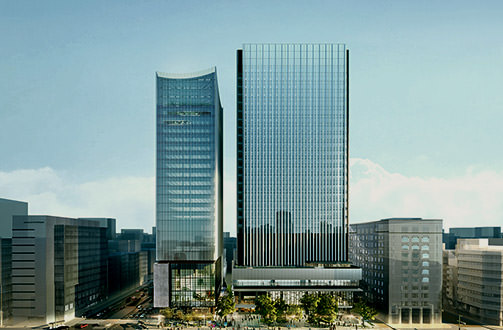
KYOBASHI SAIKU
Kyobashi Saiku consists of two buildings, Museum Tower Kyobashi and the TODA Building, and was developed under the concept of “A Center of Art and Culture for All.” Adapting to the changing times and society, it enhances the attractiveness of the city block as well as the Kyobashi area, sharing the charms of art and culture, along with time and space inviting all visitors, from children, adults, business people, to sightseers.
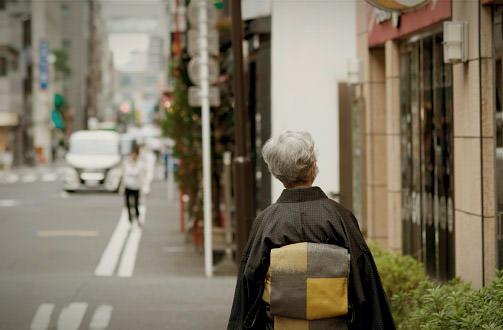
Kyobashi, a town of art and culture
Kyobashi area has been full of artistic assets: once home to many artisans and painters in the Edo Period (1603 – 1868), and today a cluster of antique shops and galleries. Side streets and nostalgic multi-tenant buildings along Higashinaka-dori, commonly referred to as “Kotto-dori (Antique Street)” that runs parallel to Chuo-dori, are densely packed with hidden art shops whose windows display tea ceremony utensils, antiques and paintings.

